
Time is Thirsty, Kunsthalle Wien, Vienna. Curated by Luca lo Pinto
You enter the Kunsthalle, which is tucked away in a corner of Vienna’s Museums Quartier, through a modest-looking door. After passing through the reception area, you are led into a nondescript, but large and empty event space. From here, you are accompanied only by inconsistent signage as you struggle to make the correct turns and finally climb the stairs to the institution’s massive warehouse-like exhibition space. Luca lo Pinto’s Time is Thirsty perfectly continues and exaggerates this centerless and disorienting passage with weirdly vague hierarchies between systems of display, artworks, and curatorial thought. Lit randomly by daylight and accompanied by clubby beats blasting out of a massive sound system rendering verbal communication impossible, this show could be a stuttering genius or a cunning know-nothing. Either way it shook me; in the best of ways.

Spellcaster, Inventory, Visage, Copenhagen
Was the album Inventory by Spellcaster also the invention of Anthropocene Folk? Is this what happens if musicians who are bottle-fed pop culture then move on to read contemporary critical theory? I am not sure what this is, but it is soooo good! Try listening to ‘Shipwreck’ and its almost musical-theatre-like qualities. “What we know / We tell as stories / Myths of agriculture / Property, family, fences, walls, domination / But who is that? / Smiling back / Merciless / A warning / Whispering extinction.” Too much, or spot on? I think Spellcaster nailed it.

Tina Braegger, The Grateful Dead– A Diary by Gabriel Krampus, Hacienda Books, 2019
Originally from 2016, the second edition of Tina Braegger’s novel The Grateful Dead – A Diary by Gabriel Krampus was released this year. Equal parts poetics, satire, and really strange and beautiful fiction, the book introduces us to Gabriel Krampus, who lives with his wife on a deserted island in the Indian Ocean. They are both artists. At 84 years old, he decides to publish his diary, written eight years earlier, in 2059. It begins: “It has been almost 44 years since my wife decided to be buried in the sand. All of her body is covered with sand, except her head.” Read against the backdrop of Braegger’s repetitive and obsessive art practice, this sci-fi autobiography (!?) leaves the reader with a gap, or even a disconnect, that has had me thinking for a while now.
– Simon Dybbroe Møller (b. 1976) is newly appointed professor at The Royal Danish Academy of Fine Art. He is currently working on commissions for DIS, Kunsthal Charlottenborg, and Kunstmuseum St. Gallen, all premiering March 2020.
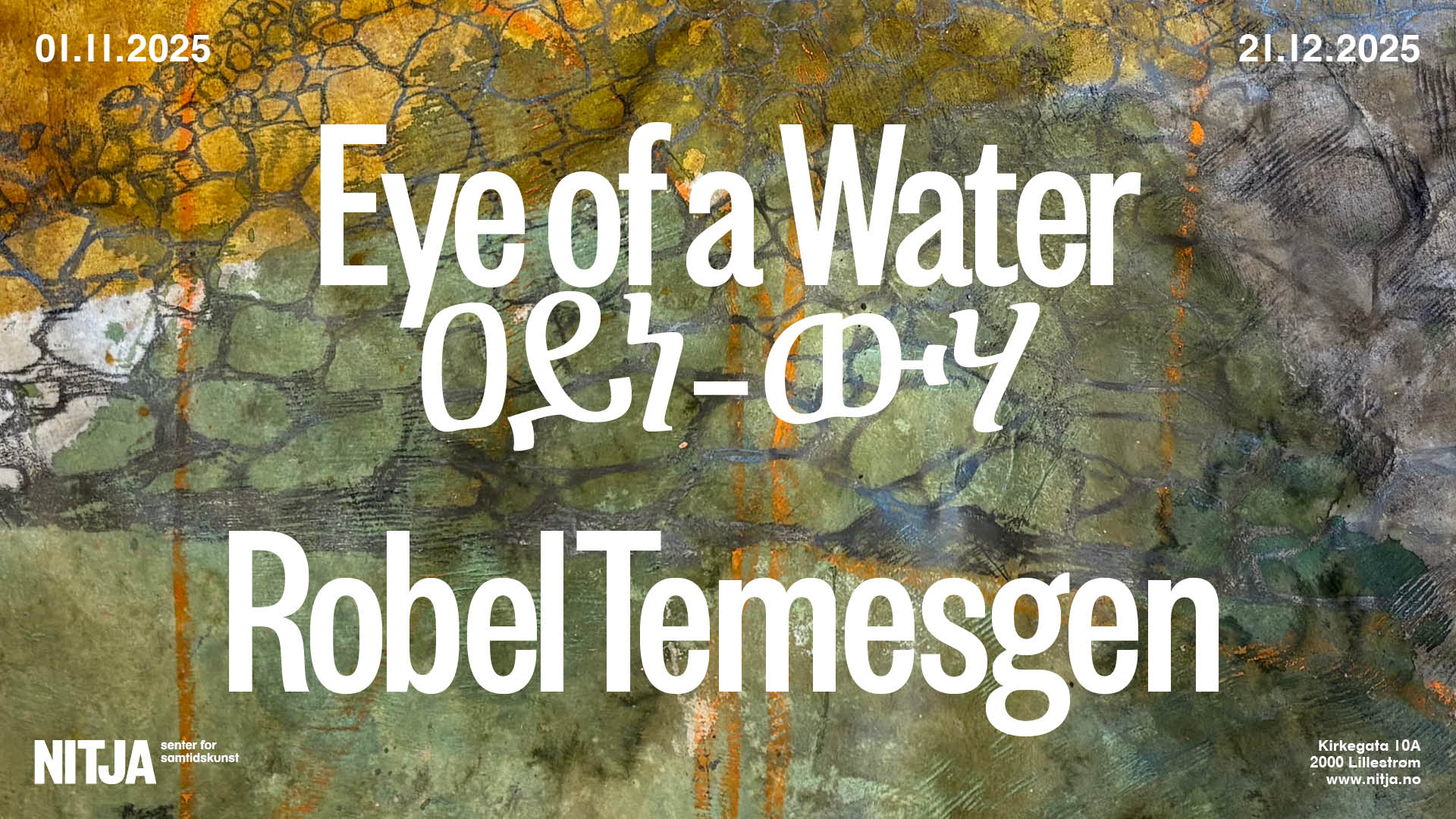







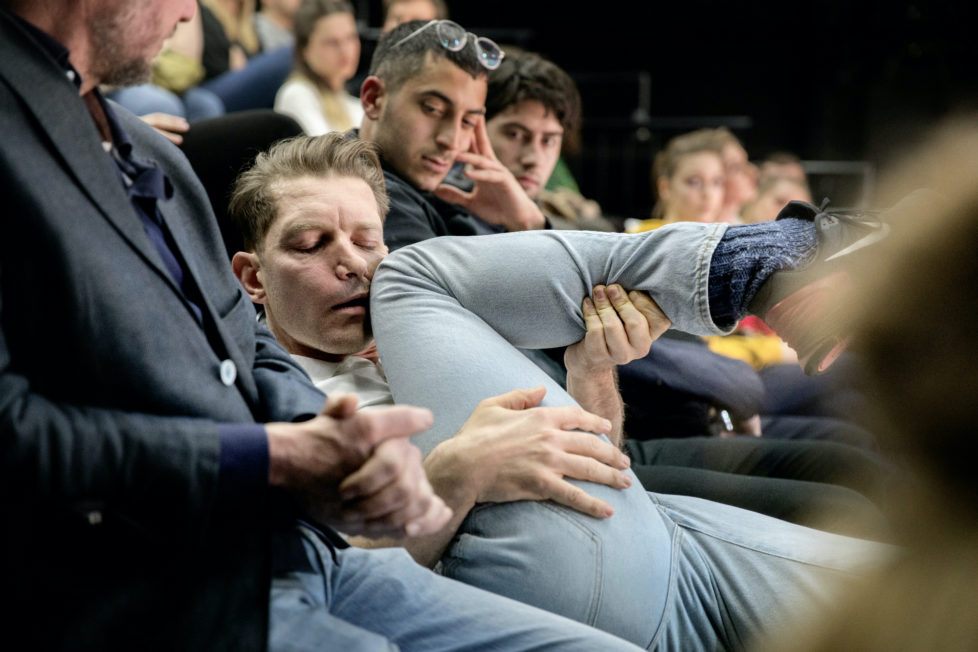















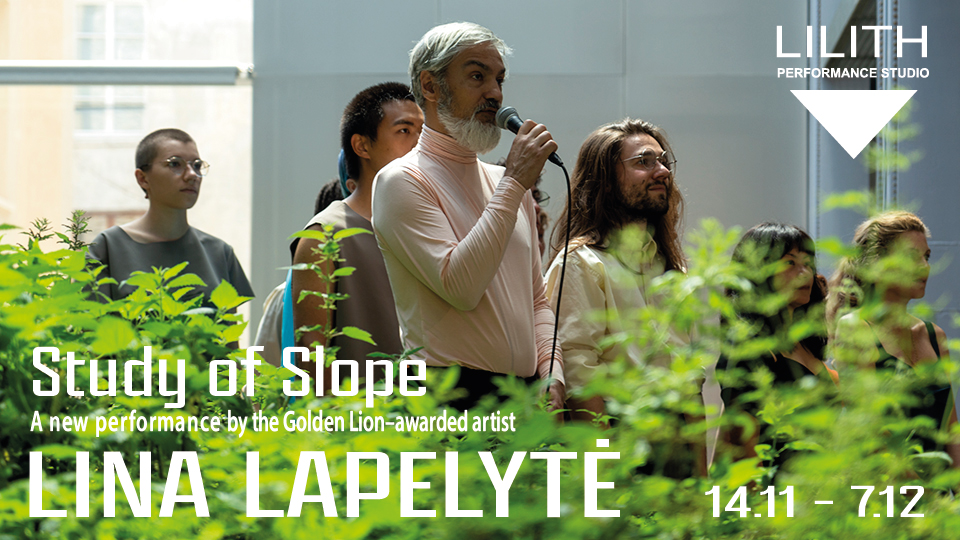


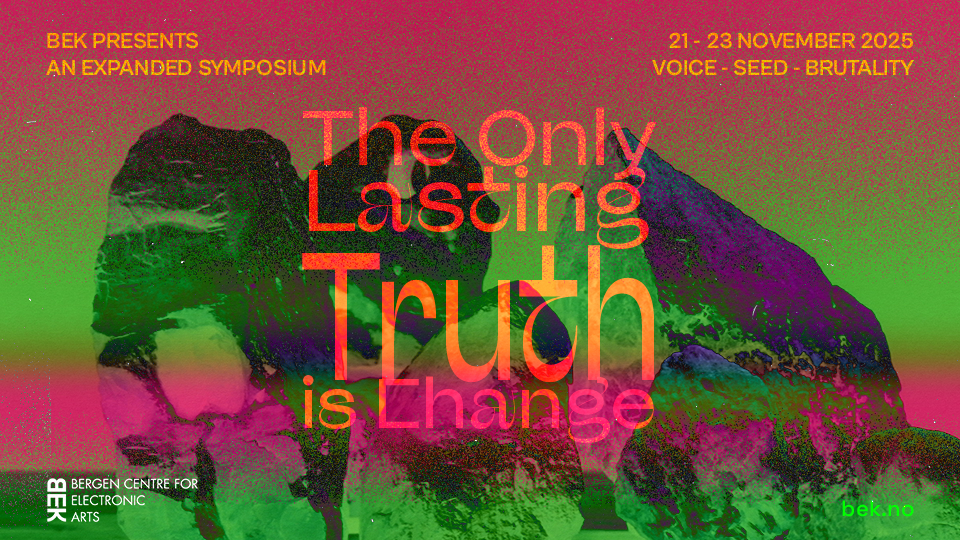
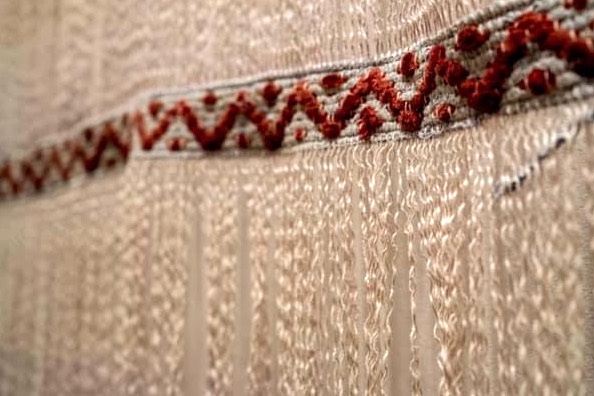
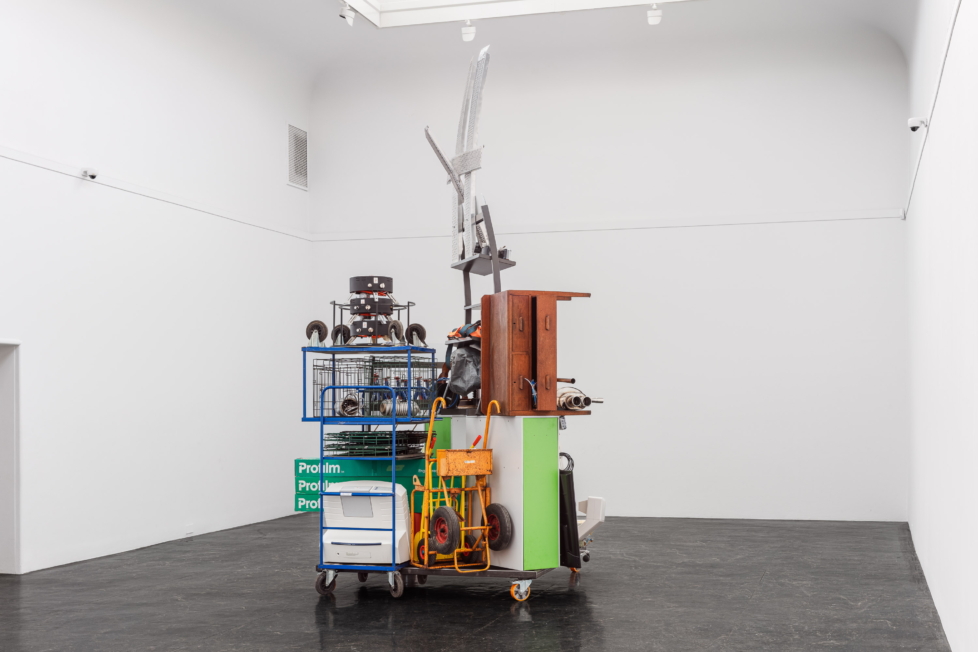
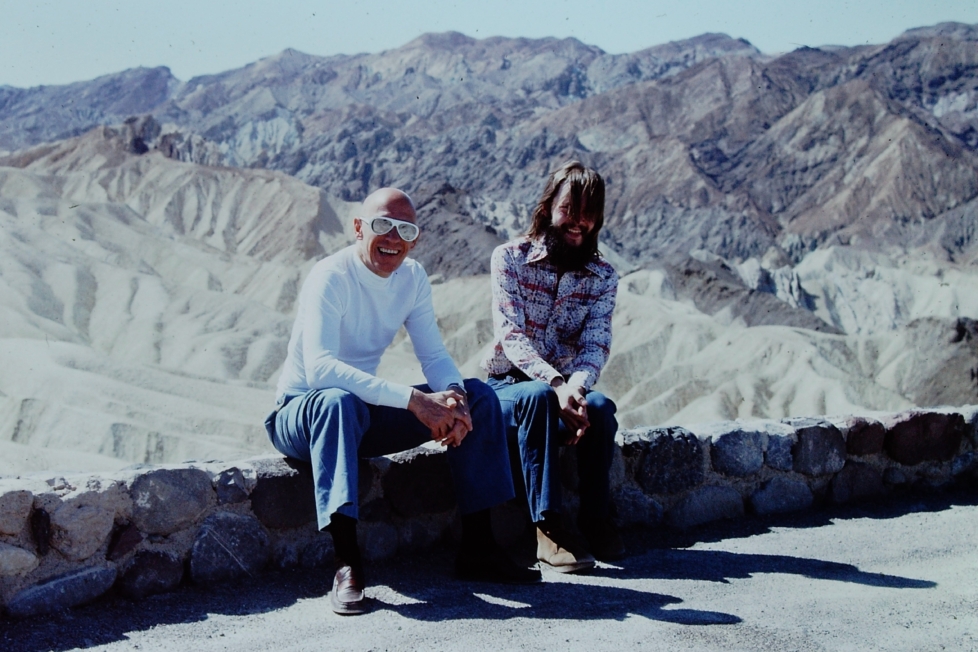
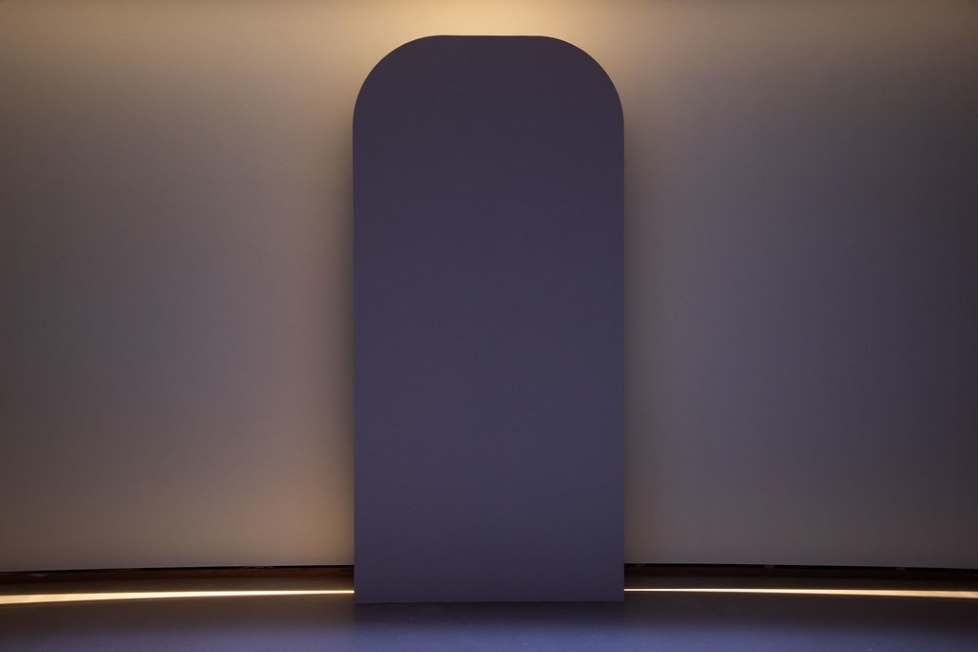
Leserinnlegg